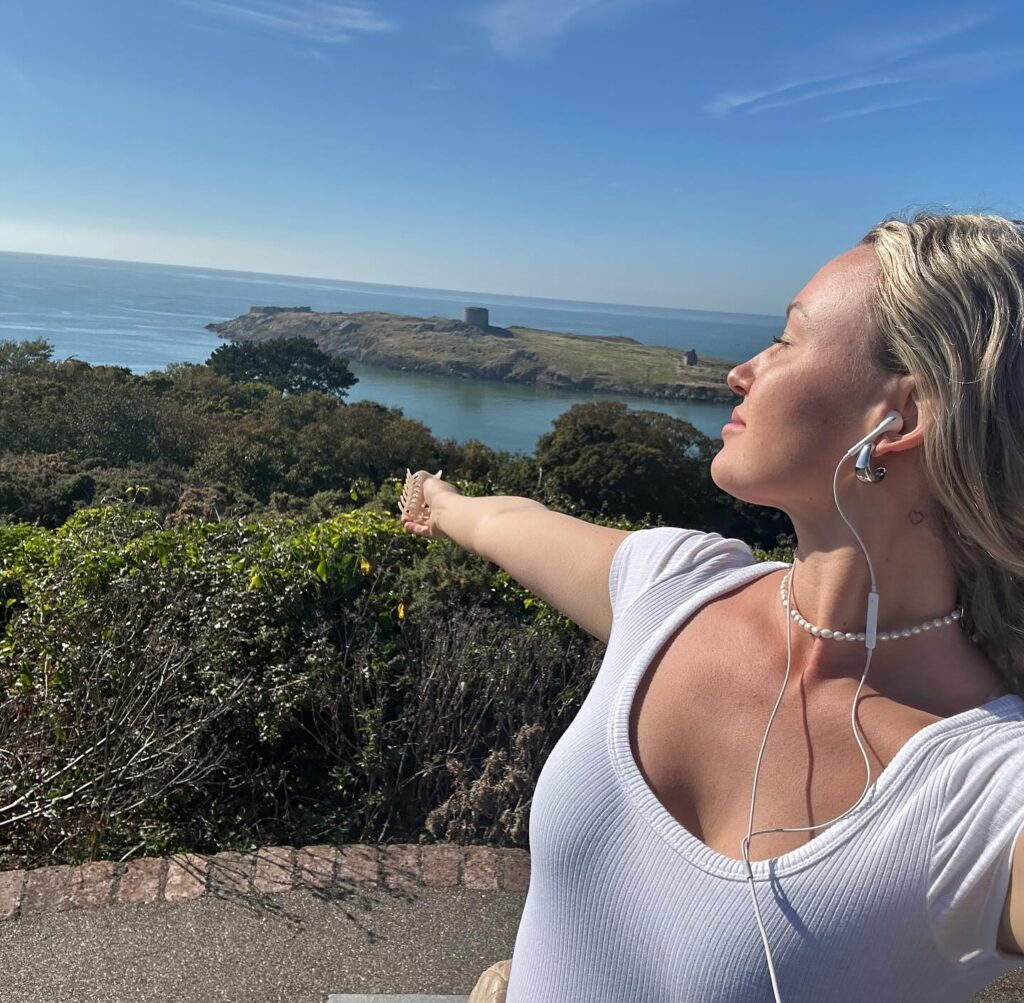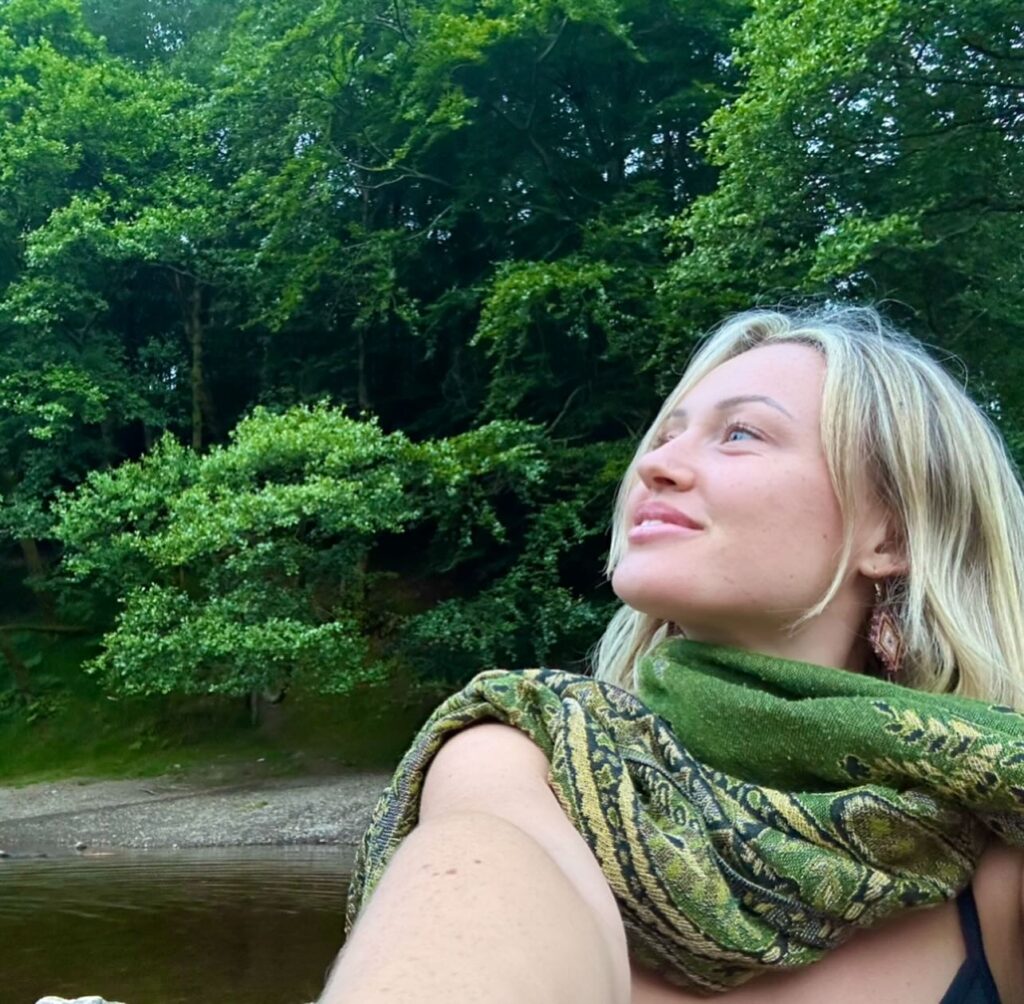Reflexology

Reflexology
Reflexology is an ancient healing modality based on the principle that specific reflex points on the feet, and sometimes the hands and ears, correspond to different organs, glands, and systems throughout the body. Practitioners apply specific pressure and massage techniques to these reflex points, aiming to promote health and balance across various body systems. Reflexology is a gentle and non-invasive practice rooted in holistic healing traditions.
What is Reflexology?
Reflexology is founded on several core concepts:
- Reflex Maps: The feet are believed to hold a “map” of the entire body, with specific reflex points mirroring corresponding organs and systems.
- Zone Therapy: The body is divided into ten longitudinal zones, with corresponding areas on the feet and hands.
- Energy Pathways: Proponents believe energy (or qi) flows through these zones, and blockages can lead to imbalances.
- Stimulating Healing: Reflexology aims to stimulate the body’s innate healing response by applying targeted pressure to specific reflex points.
How Can Reflexology Help You?
Reflexology offers potential benefits across various dimensions of well-being within a holistic framework:
- Stress Reduction and Deep Relaxation: Stimulation of reflex points may induce a relaxation response, easing tension and anxiety.
- Improved Circulation: May enhance blood flow, promoting oxygen and nutrient delivery to enhance cellular function.
- Pain Management: Shows potential for reducing pain associated with various conditions, although further research is needed.
- Balancing Energy: Based on the belief that reflexology promotes the flow of energy (qi), potentially restoring equilibrium within the body.
- Supporting Overall Well-being: As a complementary therapy, may enhance quality of life, reduce fatigue, and improve mood.
What is Reflexology Good For?
Reflexology finds applications in addressing various health concerns and promoting overall wellness:
- Stress-Related Conditions: Potential benefits for anxiety, headaches, insomnia, and digestive issues linked to stress.
- Chronic Pain: May be used as a complementary therapy for arthritis, fibromyalgia, and other pain-related conditions.
- Hormonal Imbalances: Suggestive applications in improving symptoms associated with menopause and PMS.
- Post-operative Recovery: May aid in reducing post-surgical pain and improve healing time.
- Enhancing Well-Being: Supports general relaxation, detoxification, and improved energy levels.
Benefits of Reflexology
The benefits of Reflexology extend beyond simple relaxation. It is known to improve nerve function, boost circulation, stimulate the immune system, increase energy, and facilitate detoxification. Moreover, it can help reduce pain and psychological symptoms such as anxiety and depression.
Reflexology, as a holistic practice, may provide various benefits:
- Non-Invasive and Drug-Free: Offers a gentle and natural approach to promoting wellness without medications.
- Deep Relaxation: Many individuals experience profound relaxation during and after reflexology sessions.
- Empowering Self-Care: Can be used with self-massage for stress reduction and tension relief.
- Complementary Therapy: May be safely used alongside conventional treatments for various conditions.
- Overall Well-being: Encourages a sense of balance and harmony within the body and mind.
What to Expect from Reflexology with a Practitioner
A session with a Reflexology practitioner typically involves a thorough review of one’s health history and goals, followed by treatment in a comfortable, calm setting. Practitioners apply pressure to specific reflex areas, with techniques that might include holding, kneading, and rubbing.
A typical reflexology session involves the following:
- Consultation: Initial discussion of your health history, current concerns, and goals for the session.
- Relaxation: You will usually recline comfortably, with your feet bare.
- Foot Examination: The practitioner may observe and gently palpate your feet to assess any areas of tenderness.
- Massage Techniques: The practitioner applies pressure , kneading, and other massage techniques to specific reflex points on your feet.
- Feedback: The practitioner may provide feedback on areas of sensitivity or potential imbalances based on their observations.
Similar Modalities to Reflexology
Other modalities share similarities or can be complementary to reflexology:
- Acupressure: Applies pressure to specific points along the body’s meridians (energy channels).
- Massage Therapy: Various massage techniques address muscle tension, improve circulation, and promote relaxation.
- Reiki: Japanese energy healing focused on channeling universal life force energy to promote balance and well-being.
Final Thoughts
Reflexology is an ancient healing art with the potential to promote relaxation, balance, and support the body’s healing processes. Reflexology stands as a testament to the power of touch as a healer. Its holistic approach to health makes it a valuable practice for those seeking to maintain wellness, manage stress, and support the body’s natural healing processes.
Scientific References
- Ernst, E., Posadzki, P., & Lee, M. S. (2011). Reflexology: An update of a systematic review of randomised clinical trials. Maturitas, 68(2), 116–120.
- Kim, Y., Cho, M., & Park, H. J. (2017). Effects of foot reflexology on essential hypertension patients: A systematic review and meta-analysis. Complementary Therapies in Medicine, 34, 39–46.
- Tsay, S. L., Chen, M. L., & Chung, Y. C. (2005). Effect of foot reflexology massage on anxiety, pain, and sleep quality among hemodialysis patients: A randomized controlled trial. Complementary Therapies in Clinical Practice, 11(3), 181–188.
Recommended Reading
- Kunz, B., & Kunz, K. (2001). The Complete Guide to Foot Reflexology. (3rd Edition) New York: Atlantic Books.
- Dougans, I. (2002). The Art of Reflexology. London: Gaia Books.
- Vickers, A. (2006). Handbook of Reflexology. London: Churchill Livingstone.
FAQ: Reflexology
What does Reflexology feel like?
During a Reflexology session, you may feel relaxation, warmth, and a sense of energy moving through the body. Pressure applied to the reflex points might be tender or slightly uncomfortable if there are imbalances.
How often should I get Reflexology?
The frequency can vary based on individual health goals and conditions. Some might benefit from weekly sessions, while others may find monthly sessions sufficient for maintenance.
Can Reflexology cure diseases?
Reflexology is not a cure for diseases. It is a complementary therapy that supports overall wellness and can help alleviate symptoms associated with various conditions.
Is Reflexology safe for everyone?
While Reflexology is safe for most people, there are some conditions where caution is advised. Always consult with a healthcare provider and a qualified Reflexology practitioner before beginning any new health practice.
What should I do after a Reflexology session?
Drinking water to help flush toxins and resting to allow the body to process the session’s.
Related Practitioners
Kim McIntire
The Neurodivergent Healer & Hypnotist
- Carson City, Nevada, United States
- +1 (775) 240-6381
My name is Kim McIntire, and my transformative journey in holistic wellness commenced 22 years ago during my time at… Read More
Ella Ringrose
Awaken Your Inner Power, Align with Your Purpose
- Toronto, Golden Horseshoe, Ontario, Canada
- +1 (555) 555-0000
Ella Ringrose is a spiritual guide dedicated to empowering individuals on their spiritual journeys. Through her YouTube channel, she shares… Read More
Ali Campbell
Neuro Linguistic Programming Expert
- Los Angeles, Los Angeles County, California, United States
- +44 (2) 555-5555
As information is rapidly changing, we encourage you to continue to stay informed. Please visit our Coronavirus Resource Center, Healthgrades… Read More























